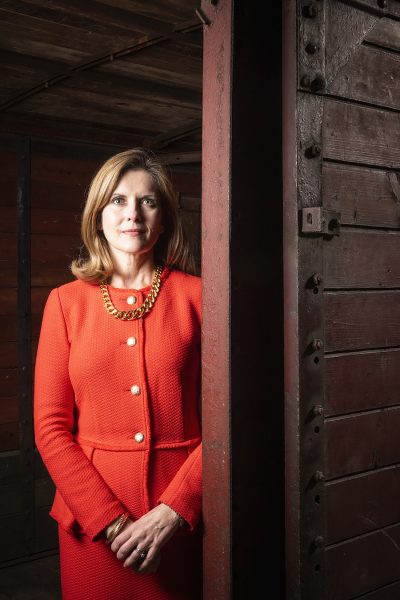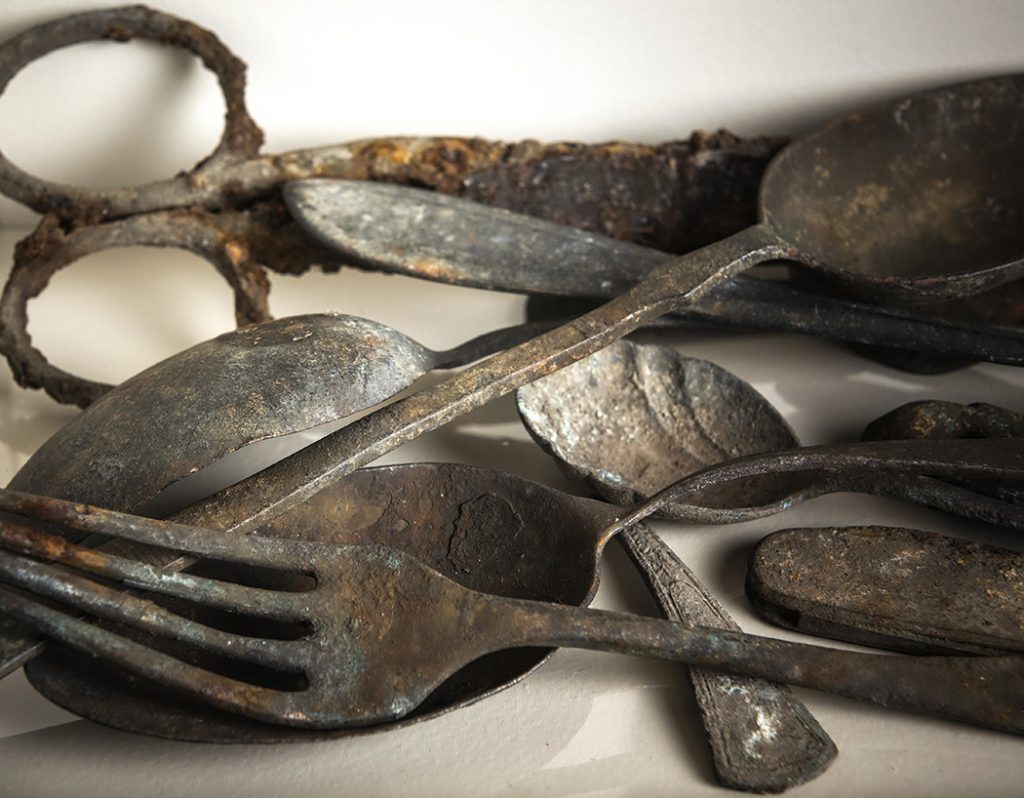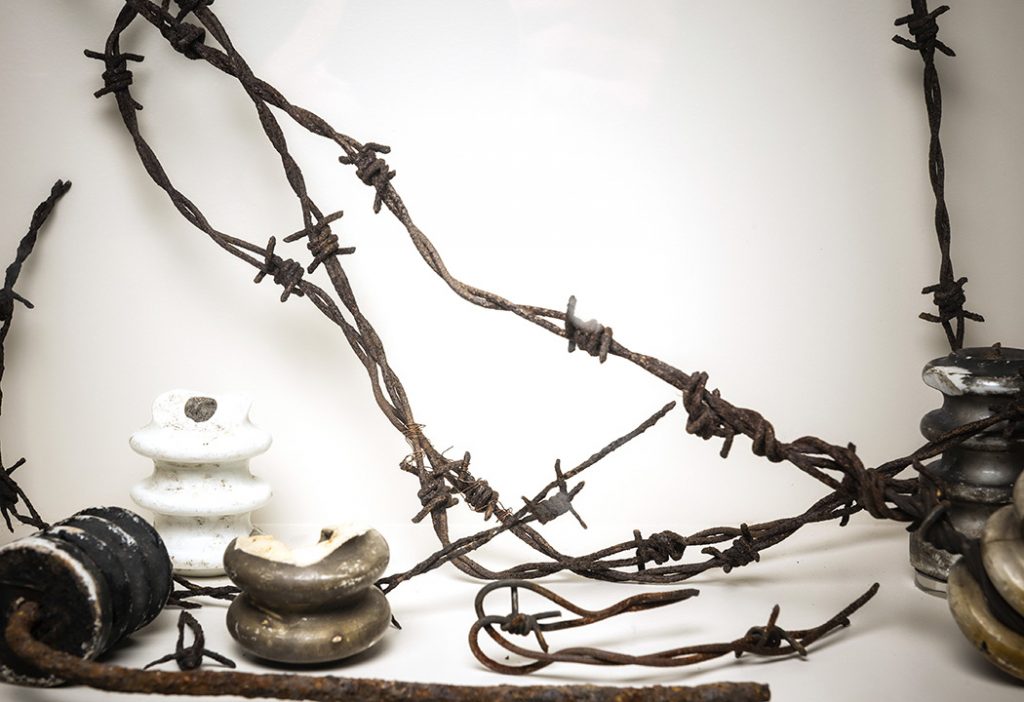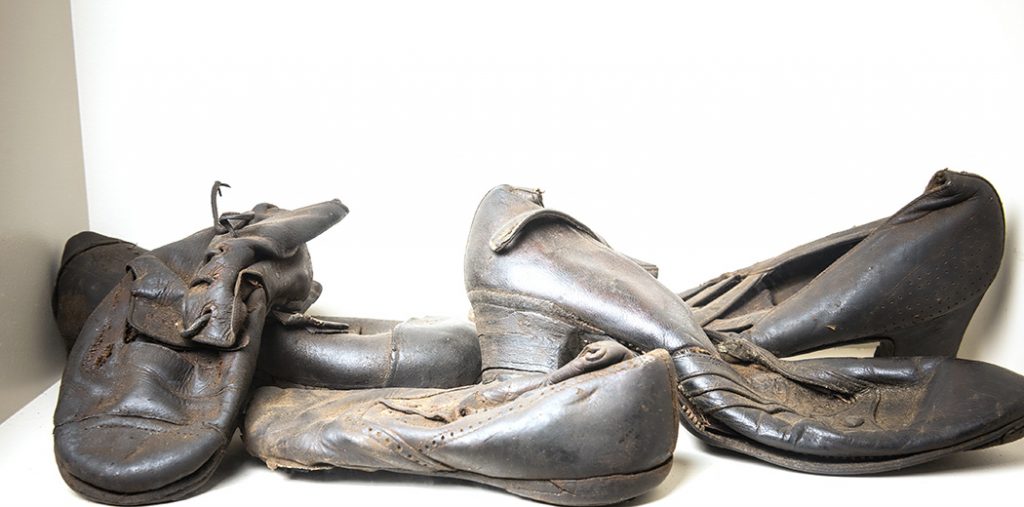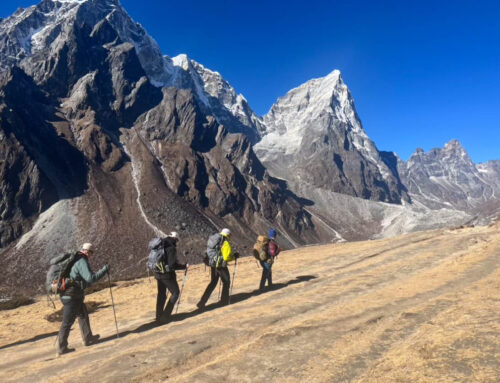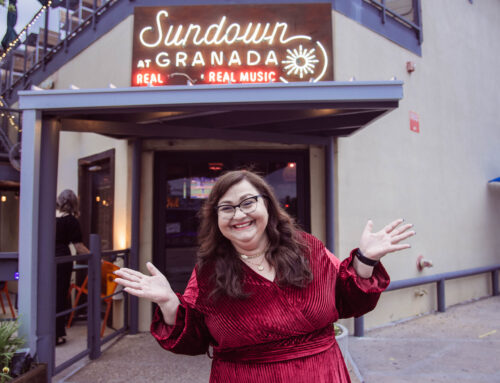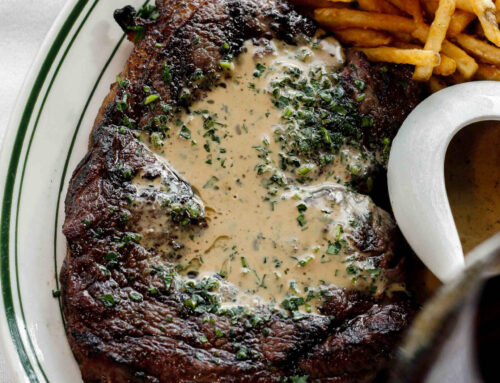Mary Pat Higgins has lived in Lake Highlands since 1990. She and her husband raised their sons in the neighborhood. “Lake Highlands has so much to offer, from family owned businesses to friendly neighbors to a community atmosphere that very few places have,” she says. Higgins is the President and CEO of the new Dallas Holocaust and Human Rights Museum.
What is the most impactful part of the museum?
In my view, the most impactful part of the museum is our Call to Action Gallery at the end of a tour through the permanent exhibition. After learning about what happens when ordinary people choose not to take action — from the horrors of the Holocaust to the American slave trade — visitors are given a chance to reflect on these lessons and strike a different path. Visitors can connect with local, national and international organizations and activities to start making a difference in our community and world.
Why is it important to preserve this history?
As our local Holocaust survivors and other eyewitnesses fade into blessed memory, the need to preserve this history is more urgent than ever. We must continue to tell their story over and over again because every generation needs to hear it. As we know, Holocaust denial is all too prevalent in our world, and the shocking images we’ve seen in the past few years of white supremacy on public display have demonstrated that the battle is not over. We must continue to stand up to hatred and intolerance, and we believe the museum is not only leading the way in this ongoing fight, but providing something even better, a positive vision of the future.
What is the importance of this museum in today’s political climate?
We are increasingly divided in our world, which is why our museum makes every effort to be an inclusive place where people can come together and talk about difficult subject matter, to think critically about issues facing our society today, and to be inspired to become a part of the solution.
- Photo cred: Danny Fulgencio
- Photo cred: Danny Fulgencio
- Photo cred: Danny Fulgencio
- Photo cred: Danny Fulgencio
How does this relate to North Texas?
The Museum was formed in 1984 by 125 survivors who made their homes in North Texas after the Holocaust. We’re continuing the legacy they started by showcasing their personal testimonies in our brand-new permanent exhibition. In our Pivot to America Wing, we’re placing an emphasis on the context of North Texas during the Civil Rights movement to show those in our own community the ways in which North Texans have historically fallen short or risen to the occasion by exhibiting incredible upstander behavior. We want North Texans to learn about these amazing role models whose positive contributions are still being felt in our community to this day.
This interview has been edited for clarity and brevity.

